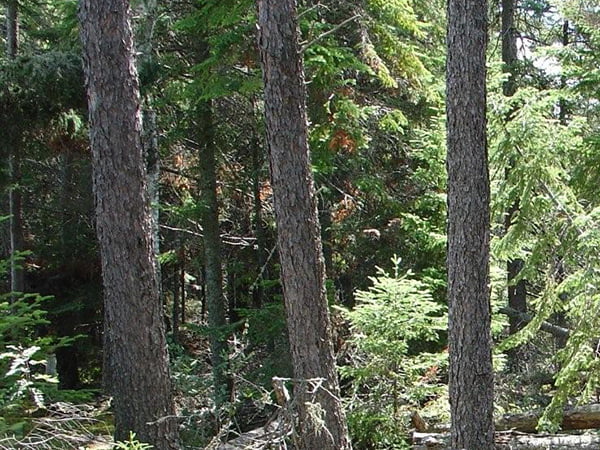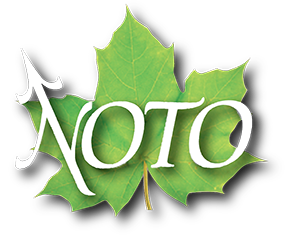Resource Stewardship Agreements
 The Resource Stewardship Agreement process encourages the forestry and resource-based tourism industries — which both rely on Ontario’s publicly-owned forests for their businesses — to work closely together in planning forestry operations that could potentially affect tourist operations.
The Resource Stewardship Agreement process encourages the forestry and resource-based tourism industries — which both rely on Ontario’s publicly-owned forests for their businesses — to work closely together in planning forestry operations that could potentially affect tourist operations.
By working together, the forestry and resource-based tourism businesses can ensure proper planning and management for the effective use of our forests which is essential to both parties, and to the well being of many Northern Ontario communities.
In the Resource Stewardship Agreement, both parties will communicate, determine and recognize the values of the resource-based tourism business and set forest management prescriptions to protect them. The forest management prescriptions in a Research Stewardship Agreement come into force when the Ministry of Natural Resources and Forestry approves the Forest Management Plan that includes the agreed-upon prescriptions.
Forest Management Plans are required to be developed for each of Ontario’s Forest Management Units. These plans have a 10-year planning cycle which address operational details such as road locations, harvest blocks and renewal activities. Operators are encouraged to participate in each stage of the forest management process and to establish Resource Stewardship Agreements to ensure their business values are protected during this process.
 How The RSA Process Begins
How The RSA Process Begins
During development of a Forest Management Plan, each Sustainable Forest Licence holder is required to invite (by registered letter) all eligible resource-based tourism establishments in the Forest Management Unit to participate in the Resource Stewardship Agreement process. Once tourism operators indicate they wish to participate, they will meet with forest management planning staff to begin discussing their interests in the management unit.
This is an opportunity for the two businesses to discuss their business needs, their values, the licence-holder’s plans and potential areas of concern. Tourism operators can, for instance, identify important values to their business (such as accommodation facilities, recreation trails, shore lunch sites etc.) and raise any concerns they may have about planned operations nearby.
Those potentially affected by forestry operations should meet as early as possible in the Forestry Management Plan planning process to attempt to find workable solutions that address the interests of both parties.
The goal is to negotiate an agreement that satisfies the parties’ respective concerns on tourism values, forest management prescriptions, road use management strategies and other matters.
These discussions, and any subsequent agreement, do not replace other forms of public input. They provide an enhanced opportunity for the forestry and tourism industries to address and resolve any concerns before the Forest Management Plan is brought forward for full public discussion. Those portions of the Resource Stewardship Agreement that directly affect the prescriptions and forest management activities proposed in the Forest Management Plan are subject to public review through the planning process.
You can review the Memorandum which establishes a framework for negotiating Resource Stewardship Agreements (RSA’s) by clicking here. This Memorandum sets the general principles and minimum content for an RSA. Both the Resource-Based Tourism and Forestry industries in Ontario agree to respect and adhere to this Memorandum, and to negotiate RSA’s in good faith.
Related Information:
Management Guidelines for Forestry and Resource-Based Tourism



